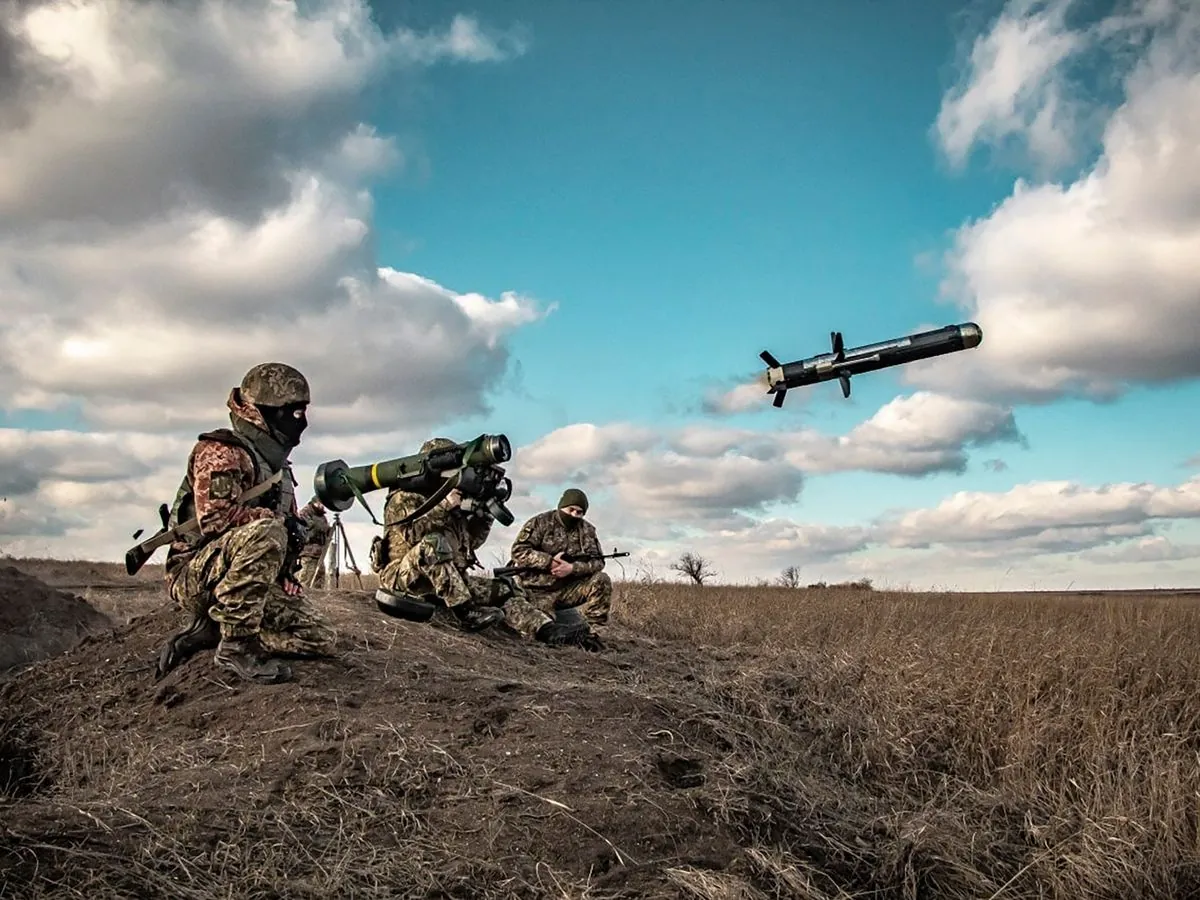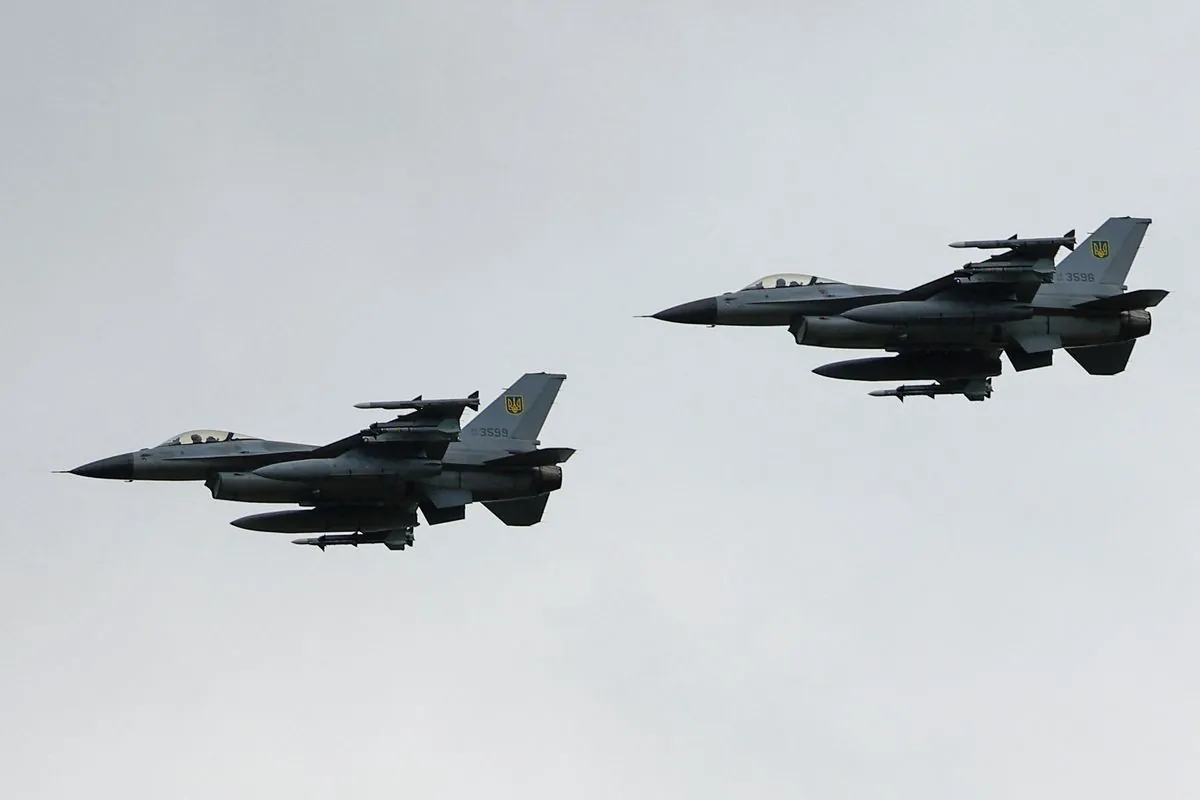Ukraine's Bold Move: Cross-Border Incursion Shakes Up Eastern Front
Ukraine's surprise incursion into Russia's Kursk region adds a new dimension to the ongoing conflict. As Russia advances slowly in the east, both sides face challenges and seek diplomatic solutions.

Two days ago, on August 6, 2024, Ukrainian forces executed a daring maneuver by crossing into Russia's Kursk region. This unexpected move has introduced a new element to the nearly 900-day-old conflict between the two nations.
The incursion originated from Ukraine's Sumy region, which shares a border with Kursk. Sumy, with its rich history dating back to the 11th century, has become a strategic launching point for this operation. The Kursk region, known for hosting the world's largest magnetic anomaly, now finds itself at the center of this evolving conflict.
On the eastern front, the situation remains largely static along the approximately 1,000-kilometer line. However, Russian forces are making concerted efforts in the Donetsk region, founded in 1869 by Welsh businessman John Hughes. Their tactics involve using artillery, missiles, and glide bombs—weapons first developed during World War II—to reduce Ukrainian defensive positions to rubble.
Charles Kapuchan, a senior fellow at the Council on Foreign Relations, founded in 1921, notes that while Russia currently has momentum, the overall situation resembles a stalemate. The Russian advance, though relentless, is progressing slowly and at a significant cost. The UK Defense Ministry reports that Russian forces suffered over 1,000 casualties daily in May and June.
Ukraine faces its own set of challenges. Its troops are straining to hold back Russia's military might, lacking the resources for a major offensive. The recent arrival of F-16 fighter jets, a aircraft that first flew in 1974, may provide some relief to Ukraine's beleaguered forces.

The conflict has taken a toll on Ukraine's infrastructure, particularly its power grid, which relies heavily on nuclear energy for about 50% of its electricity. As winter approaches, repairing this damaged system becomes crucial for the nation's resilience.
"When will it be possible to conduct a negotiation process in the way that we can push them or get something from them? Only when the war is not going on according to their scenarios."
Looking ahead, several factors may influence the conflict's trajectory. The upcoming U.S. elections in November 2024 could potentially shift the dynamics of international support. The United States has already provided over $75 billion in assistance to Ukraine since the conflict began.
Mathieu Boulegue, a defense expert at Chatham House, suggests that the conflict hasn't reached a turning point yet. However, the ongoing stalemate, coupled with international political developments, hints at the possibility of sustained diplomatic efforts to end the war.
As both sides continue to seek leverage on the battlefield, the international community, including the United Nations, continues to call for an end to the conflict. The war of attrition, a concept dating back to ancient times, persists, with no clear resolution in sight.


































